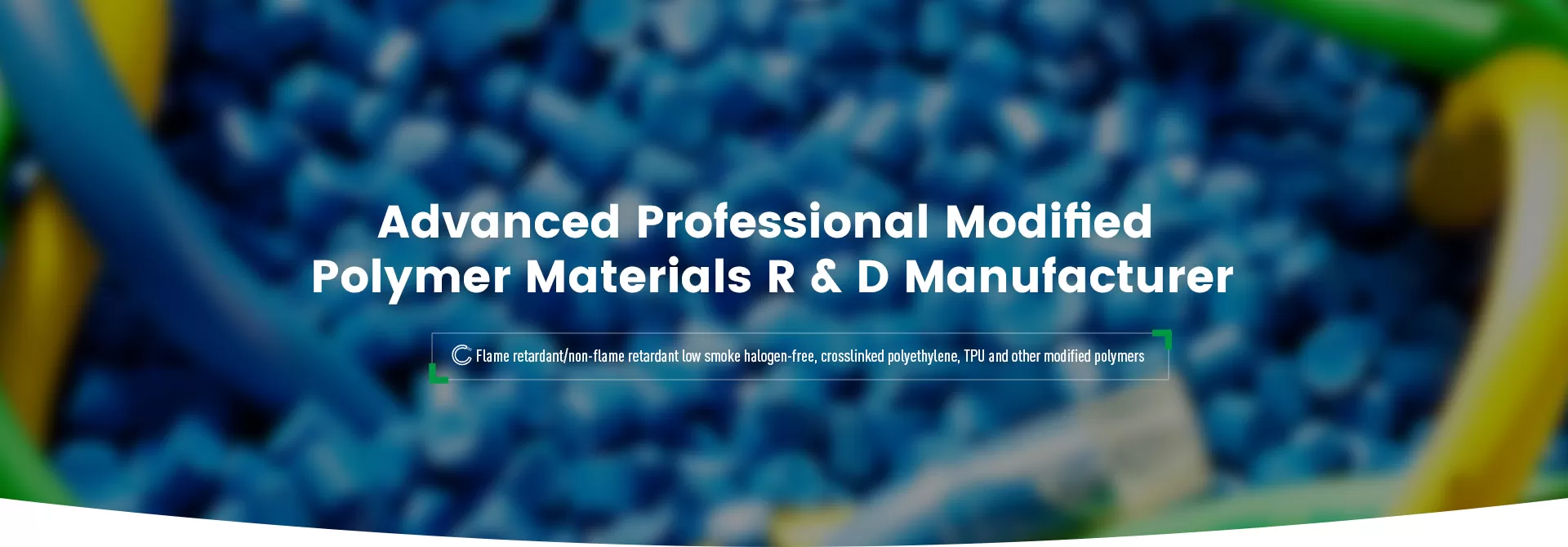
LSZH Jacket material are widely used in subways, hospitals, data centers and other scenarios with extremely high safety requirements due to their flame retardant, low smoke and non-toxic properties. However, in order to reduce costs, some suppliers in the market use inferior raw materials or simplify processes, resulting in substandard material performance. Based on international testing standards such as IEC and UL, combined with real industry cases, this article summarizes 5 key signals to help buyers quickly identify inferior LSZH materials and avoid risks.
Phenomenon:
When inferior LSZH materials burn, they will produce a pungent odor similar to burnt plastic, and even cause coughing or eye discomfort.
Causes and risks:
The pH value of qualified LSZH materials during combustion should be ≥4.3 (IEC 60754-1 standard), and the conductivity should be ≤10μS/mm to ensure non-toxicity.
Inferior materials will release toxic gases such as HCl and CO when burned due to halogen residues (such as chlorine content > 0.5%) and excessive calcium carbonate filling.
Detection method:
Simple test: Take 5g sample and burn it, and use pH test paper to test the smoke water solution. If pH < 4.3 or white precipitation (calcium carbonate residue) is produced, it is unqualified.
Authoritative report: Suppliers are required to provide toxic gas test certification of IEC 60754-1/GB/T 17650.1.
Phenomenon:
Dense black smoke is produced when the material burns, and the transmittance drops significantly within 30 seconds.
Industry standard comparison:
| Material type | ASTM E662 Smoke density(Ds max) | Light transmittance (1m distance) |
| High-quality LSZH material | ≤50 | ≥80% |
| Low-quality LSZH material | >200 | ≤40% |
Case:
In 2021, a subway project was ordered to replace all cables because it used LSZH cables with excessive smoke density. When the fire broke out, the smoke made the escape signs completely invisible.
Suggestion:
Require suppliers to provide third-party smoke density test videos, focusing on the smoke diffusion speed in the first 2 minutes.

Key indicators:
Qualified LSZH sheath materials should meet the following requirements:
Tensile strength: ≥10 MPa (IEC 60811-501)
Elongation at break: ≥150%
Performance of inferior materials:
Easy to crack at room temperature (tensile strength <8 MPa)
Sheath breaks when bent in low temperature environment (-20℃) (elongation <100%)
Measurement method:
Test with a tensile testing machine after sampling, or require suppliers to provide factory mechanical properties test records for the past 3 months.
Process defect characteristics:
Sheath surface has granularity, bubbles or striped color difference
Unmelted filler (such as calcium carbonate agglomeration) can be seen on the cross section
Cause:
Use low-density polyethylene (LDPE) instead of ethylene-vinyl acetate (EVA) substrate
Uneven mixing of fillers or improper extrusion temperature control
Risk warning:
Surface defects will accelerate the aging of the sheath, and cracks may appear within 3-6 months when used outdoors (actual measured data of a photovoltaic power station project).
Real case:
In 2022, a supplier forged the UL 1685 flame retardant test report, resulting in 2,000 kilometers of cables being returned by European customs, and the purchaser lost more than 2 million US dollars.
Compliance verification steps:
Check the certification mark: UL documents can be verified on the official website (UL Prospector database), and TÜV reports must be accompanied by a unique query code.
Check the qualifications of the testing agency: Confirm international mutual recognition marks such as CNAS and ILAC.
Request to provide sampling and retesting services for the same batch of materials.
Conclusion
When purchasing LSZH Jacket Material, a comprehensive evaluation is required from five dimensions: combustion toxicity, smoke density, mechanical properties, process details, and certification documents. The low-smoke halogen-free jacket materials provided by Angreen Company have all passed IEC 60754, UL 1685 and CPR Euroclass B2ca certifications, and support sampling and re-inspection by third-party organizations to ensure that the material can maintain stable performance in extreme environments.
[Request a sample now]